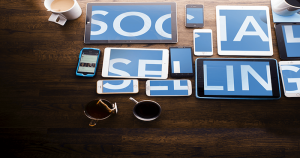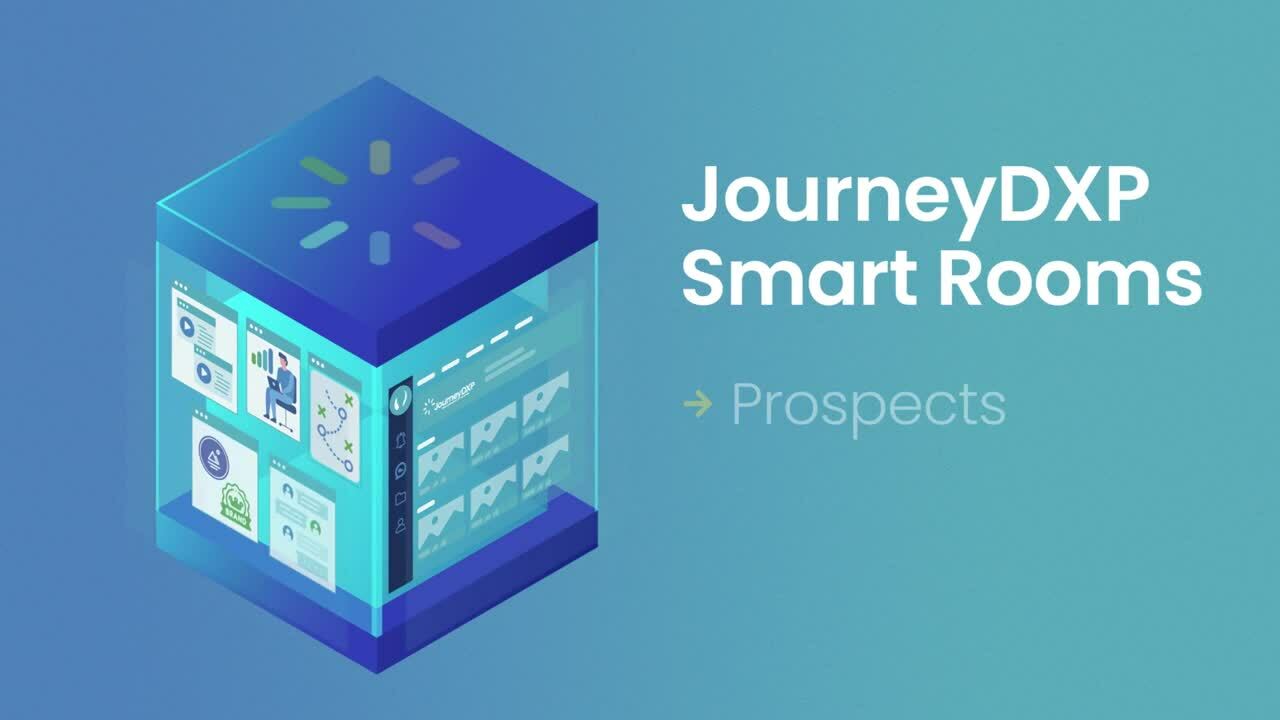Google “social selling” and you’ll see a whole bunch of search engine optimized posts touting the glories of selling to your prospects via, you guessed it, social media. Social selling in and of itself is a thoroughly valid B2B sales tactic. We’re all spending more and more of our time online. We’re all addicted to Twitter, LinkedIn and Facebook (though not necessarily in that order). And for most professionals — from sales and marketing to design and finance — a social presence is necessary.
The thing is though, many B2B sales reps have imbibed the social selling Kool-Aid and gone all in on it, leaving behind tired ol’ email and phone. What’s more they often aren’t terribly interested in exploring new approaches because social selling is it, bro.

There’s a fundamental flaw, however, in that approach — and it’s rooted in the evolution of how people use these networks.
Since we’re in the B2B sales universe, let’s focus solely on LinkedIn. A few years ago, LinkedIn was prime social selling territory. But today? Today, the platform is oversaturated with what you can basically call spam. Because a significant portion of B2B sales pros have decided to sell only socially, prospects are really struggling to sift through the noise. What’s more, social selling has seemingly given reps permission to be even lazier than before: invitations to connect with no personalized message… zero context… blind outreach when there was a shared connection who could perhaps intro… you get the idea.
Stepping off the soapbox, this argument isn’t intended to infer that social selling is bad. It’s actually a good thing. It’s a great research tool. It’s a great way to understand your prospect and connect contextually. The argument is that social selling must be a part of an orchestrated, blended approach. Embrace social selling for sure, but don’t bail on the phone or email. And perhaps more importantly, don’t ignore new tools coming down the pike… you know… things like digital engagement platforms designed for how your customer buys. (Sorry, couldn’t resist the shameless plug.)
As we’re close to turning the calendar, perhaps B2B sales reps can make a resolution to bring back the mix. Use social selling. Pick up the phone and have something more to say than “juuuuuust checking in.” Send emails (that are no more than two paragraphs). Write a letter (gasp). But no matter what channels you decided to incorporate into your mix, above all, have context, pay attention to your timing and frequency and communicate like a normal human being.
POPULAR
Launching a Dynamic Digital-First Customer Experience
Growth will always be a top priority for B2B companies. If not, customers will inevitably outgrow your offering, and your company will become obsolete.
RELATED
4 B2B Business Development Strategies Rooted In Thoughtfulness
Business development (and business development reps, also known as BDRs) get a bad rap. They’re traditionally viewed as the cold callers; the folks who chip away at a mountain of email addresses and phone numbers...




